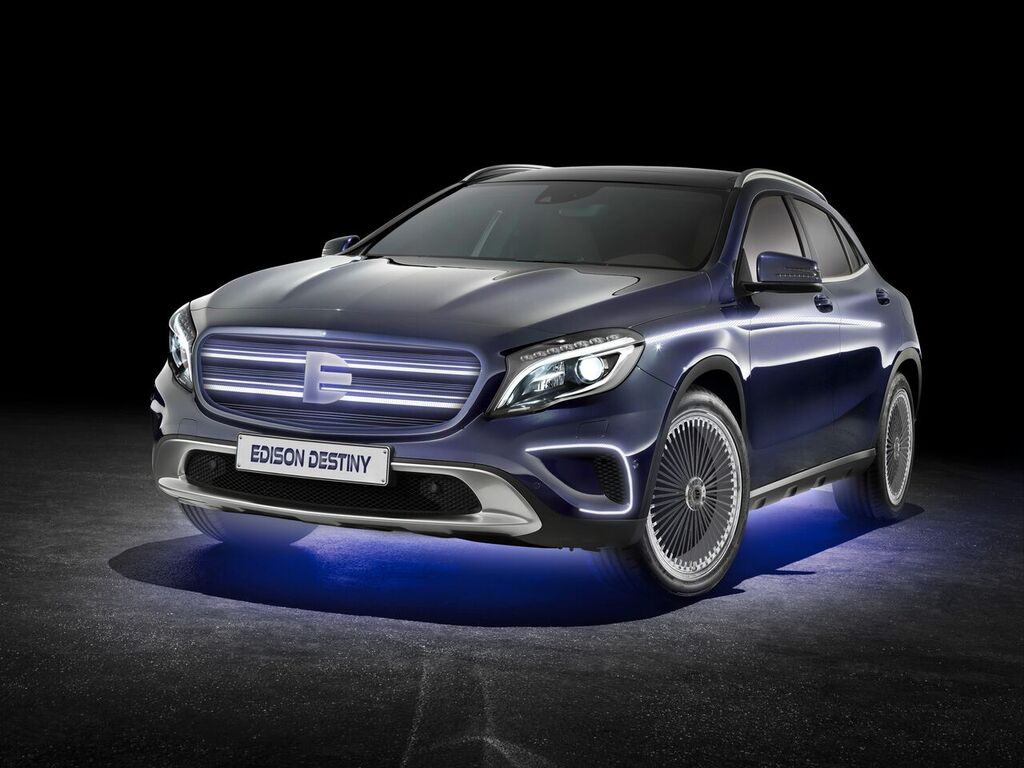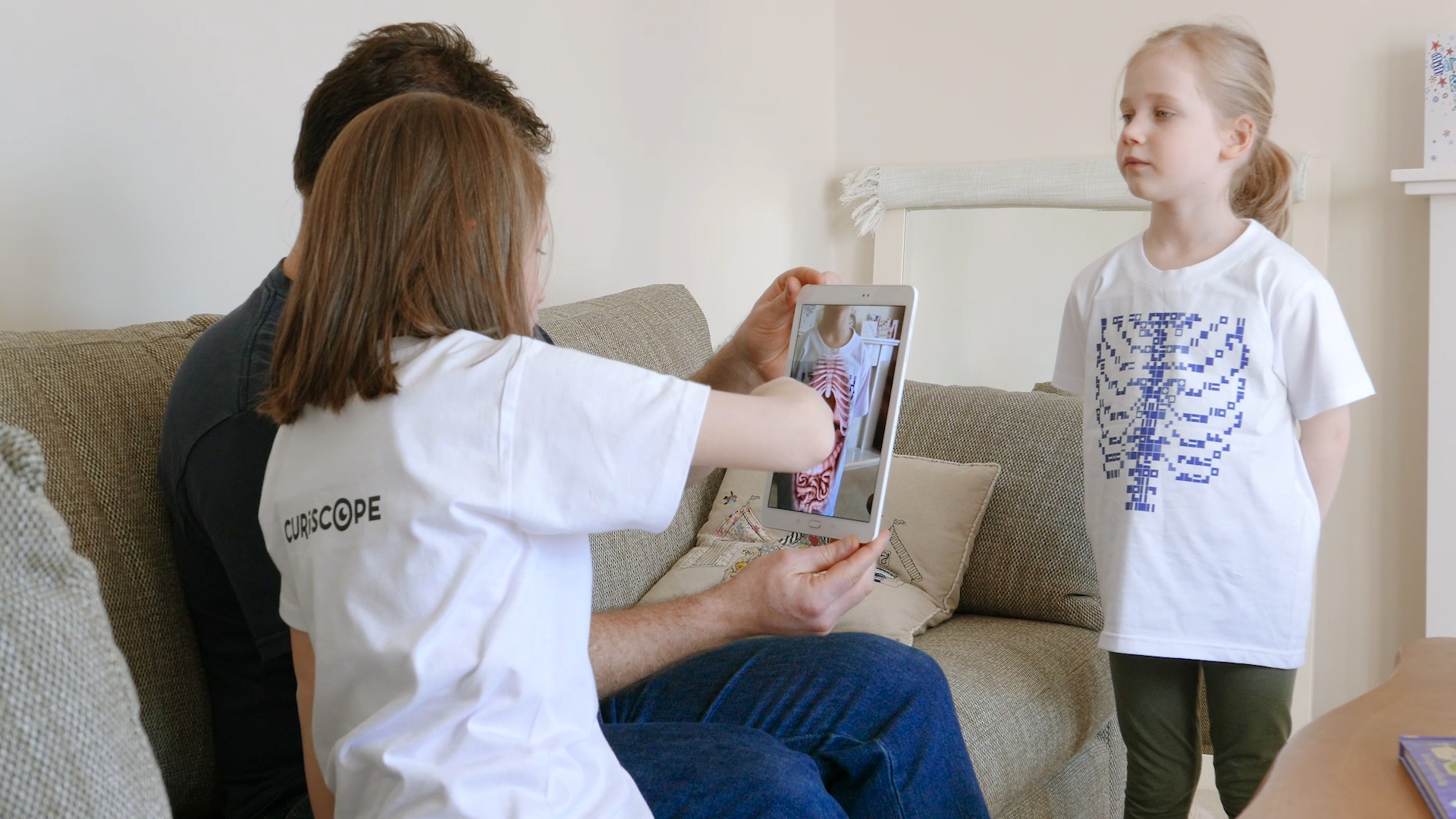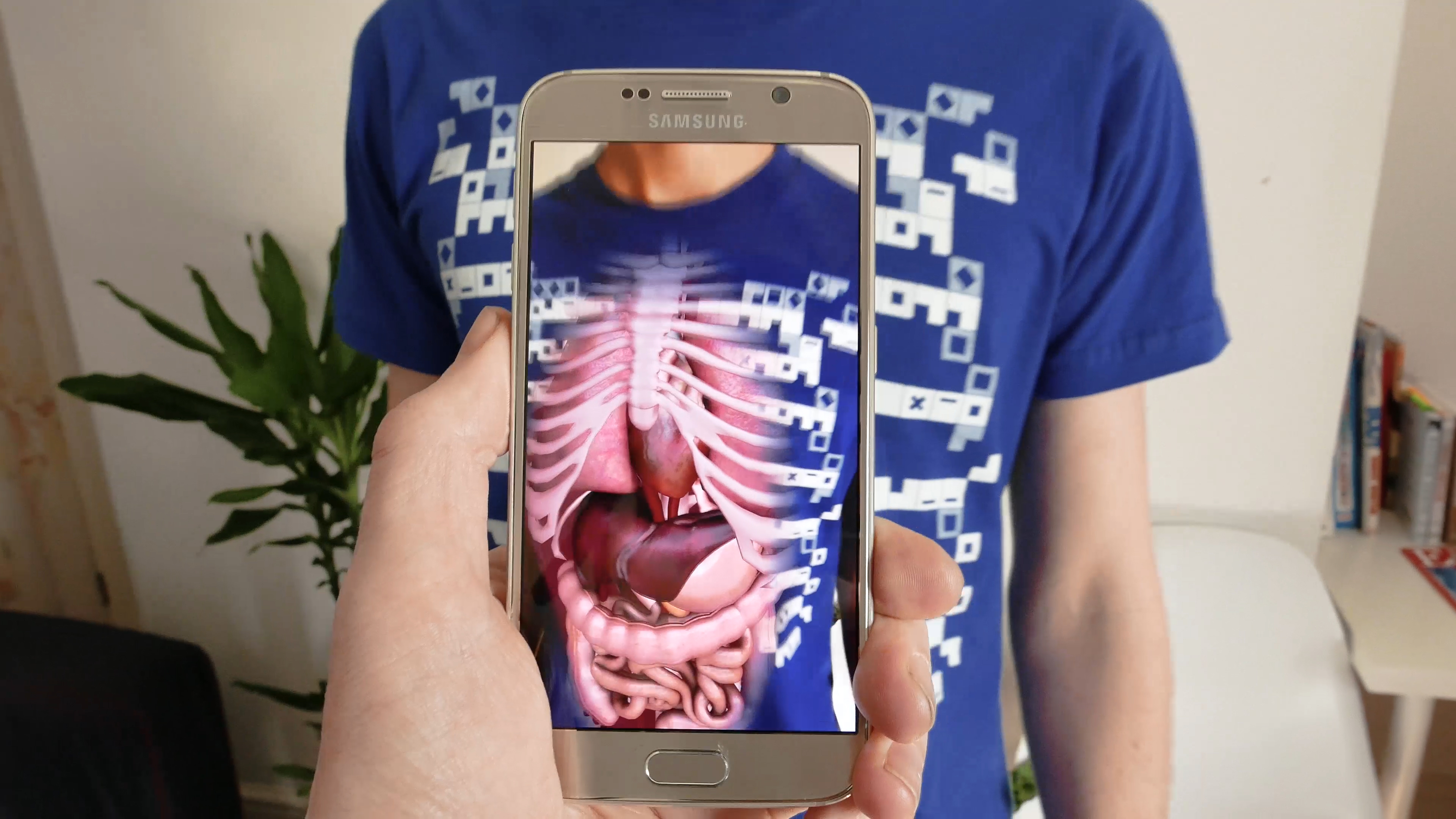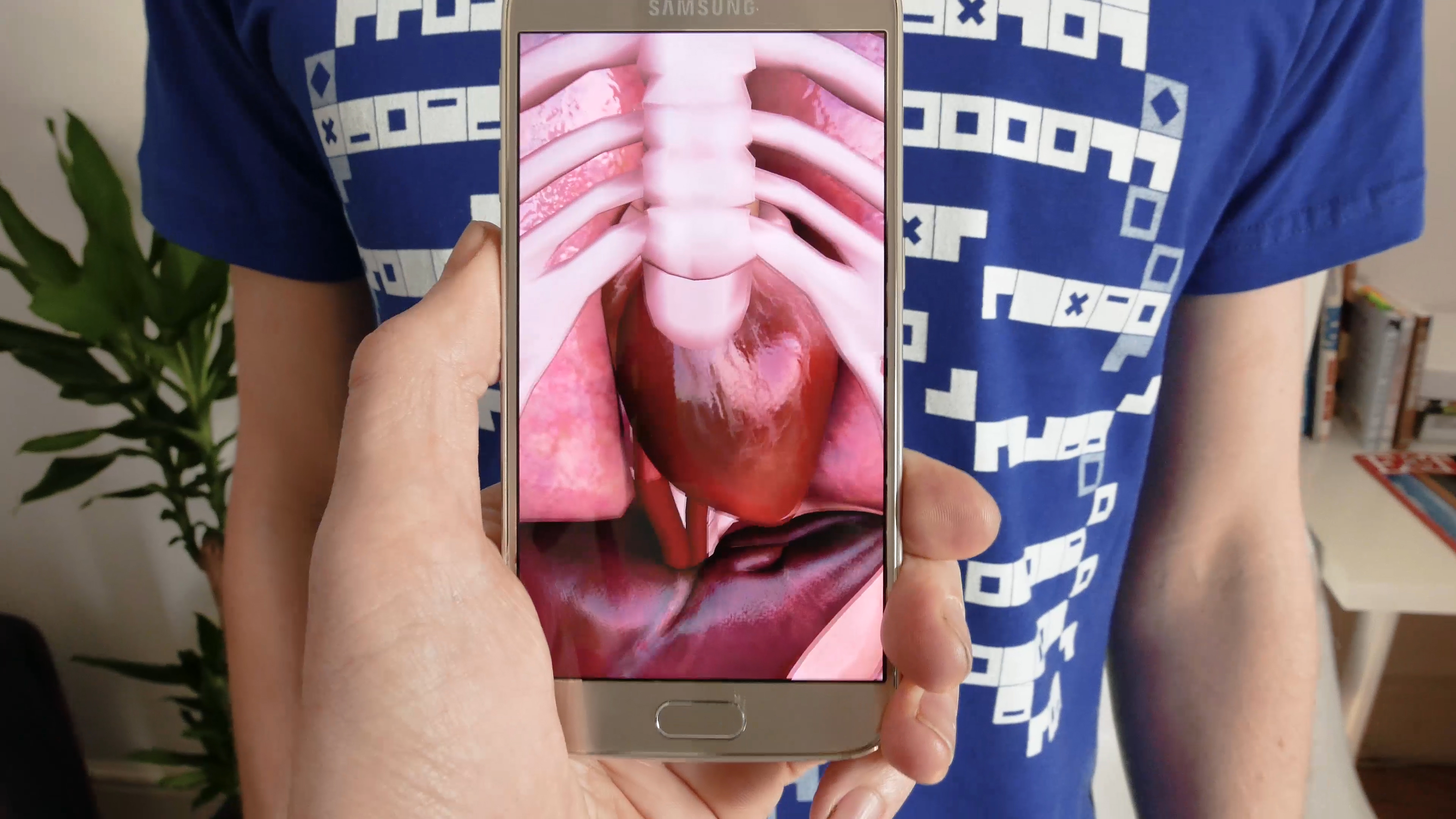The 3D anatomy experience can be viewed through the Virtuali-tee app on a smartphone or tablet. Viewing is directionally programmed so that you can dive into the organs and the blood stream to see how the body works up close. Virtuali-tee and the mobile app are also enabled for viewing with a VR headset to make the experience more immersive. “Too often we feel detached from learning”, said Ed Barton, CEO of Curiscope. “This kind of technology lets us interact with the anatomy and explore it in animated 3D, and this kind of learning can happen anywhere, at any time.”
Curiscope’s approach behind the Virtuali-tee focuses on putting all the time kids spend behind screens to good use. The virtual reality experience with the tshirt will be compatible with already existing VR headsets like Google Cardboard and the Samsung VR. The app is going to be free, and is compatible with iOS and Android devices.
Virtuali-Tee will initially be available through a Kickstarter campaign. Curiscope has set a fundraising goal of just under $100,000, with all kinds of cool rewards for backers. An early bird pledge of about $25 will earn backers a Virtuali-Tee in any size (kids sizes up to XL Adult) and a color choice of red, green, or blue. Higher pledges earn backers more shirts, or shirts in combination with VR equipment like Google Cardboard.
Since the mobile app is going to be free when the product is released to the public, Curiscope promises to keep the price of Virtuali-tee comparable to high quality design t-shirts. If all goes according to plan, backers can expect to receive their t-shirts in August 2016.








